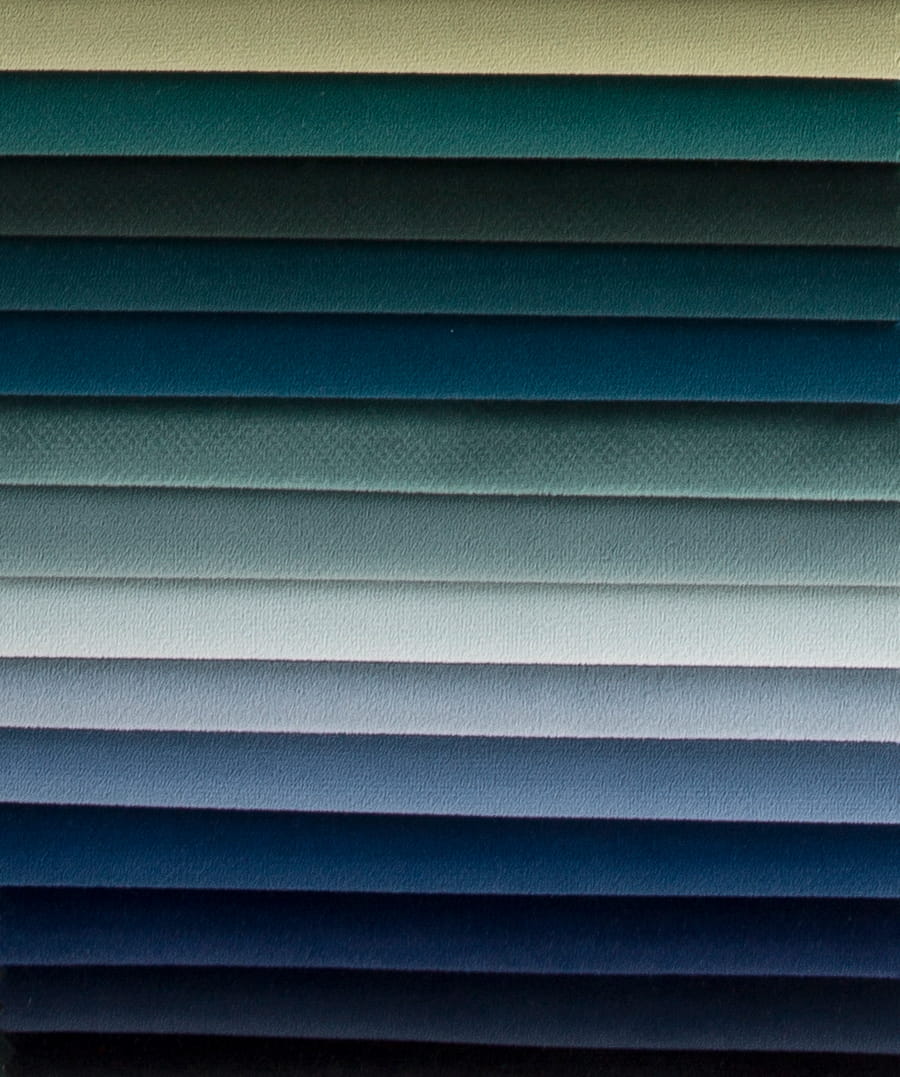With its soft, delicate touch and good warmth, short plush fabrics have always been a popular material in many industries such as clothing, home, and toys. However, with the increasing demand for comfort and high-quality products in consumers, technological innovation in short plush fabrics is also constantly driving their performance improvements, especially in improving comfort.
The unique feature of short plush fabric is its staple fiber structure, which gives its surface a soft texture, while its lightness and warmth are also loved by consumers. However, in the past few years, with the continuous advancement of textile technology, the innovative application and comfort of short plush fabrics have received more attention. Technology innovation not only makes the fabric softer and more delicate, but also enhances its functionality, greatly meeting consumers' multiple needs for comfort, breathability and functionality.
First, in terms of raw material selection and textile technology, the production process of short plush fabrics has been significantly innovated. Traditional short plush fabrics usually use ordinary synthetic or natural fibers. Nowadays, more advanced high-performance fiber materials, such as polyester, nylon fiber and microfiber, produce short plush fabrics not only enhance the delicateness of the fabric, but also make it more durable and stain-resistant. The addition of microfiber not only makes the short plush fabric feel more delicate and softer, but also has better breathability and moisture absorption, which is particularly important for close-fitting clothing and bedding. For consumers who prefer comfortable and breathable clothing and household items, the innovation of short plush fabrics makes them more comfortable and relaxed when using these products.
In terms of textile technology, the introduction of nanotechnology is one of the key factors in the innovation of short plush fabrics. Using nanofiber treatment technology, the fineness and gloss of the fabric have been significantly improved while maintaining the lightness of the fabric. Nanofiber technology can refine the surface of the fabric to the micron level, making the short plush fabric softer, and reduces the hardness caused by friction, further improving the comfort of wearing. In addition, nanotechnology not only improves the softness of the fabric, but also has antibacterial and anti-odor functions. It is especially suitable for close-fitting clothing, household items and bedding, reducing bacterial growth and ensuring more refreshing and comfortable during use.
The technological innovation of functional short plush fabrics is not only reflected in physical characteristics, but also has made significant breakthroughs in the insulation and antistatic properties of the fabrics. In recent years, many short plush fabrics have begun to be combined with other functional textile materials, such as adding insulation fibers or using antistatic technology to meet consumers' higher requirements for comfort. For example, short plush fabrics with natural warm fibers such as wool and cashmere can provide consumers with better insulation effects in cold seasons; while in terms of antistatic, some brands combine short plush fabrics with antistatic materials to reduce discomfort when wearing, especially in dry winters.
In addition to improving comfort, the dyeing technology of short plush fabrics has also undergone innovative development, further optimizing the appearance effect and usage experience of the fabric. Traditional dyeing processes often affect the texture and touch of the fabric, and even cause problems such as fading. Nowadays, more environmentally friendly and efficient dyeing technology is adopted to make the color of short plush fabrics more vivid and lasting, while the softness and smoothness of the fabric. The new anhydrous dyeing process and the use of biological dyes not only improves the uniformity of dyeing, but also reduces the consumption of water resources and the pollution to the environment in traditional dyeing methods. In addition, the innovative dyeing process greatly shortens the production cycle, reduces production costs, and enhances the market competitiveness of fabrics.
It is worth mentioning that with the increasing awareness of environmental protection, the sustainability of short plush fabrics has also received further attention. While improving comfort, more and more manufacturers are beginning to explore the use of environmentally friendly materials and green production processes. For example, short plush fabrics produced using recycled fibers, plant-based materials, etc. not only reduce the impact on the environment, but also meet consumers' demand for sustainable products. These environmentally friendly innovations not only promote the popularization of fabrics, but also inject more vitality into the future development of short plush fabrics.
In general, the technological innovation of short plush fabrics in improving comfort not only improves the touch, functionality and aesthetics of the fabric, but also promotes the technological progress and market changes in the industry. With the continuous breakthroughs in technology and the continuous changes in consumer demand, short plush fabrics will show their unique charm in more fields and are expected to become more important textile materials in the future.













